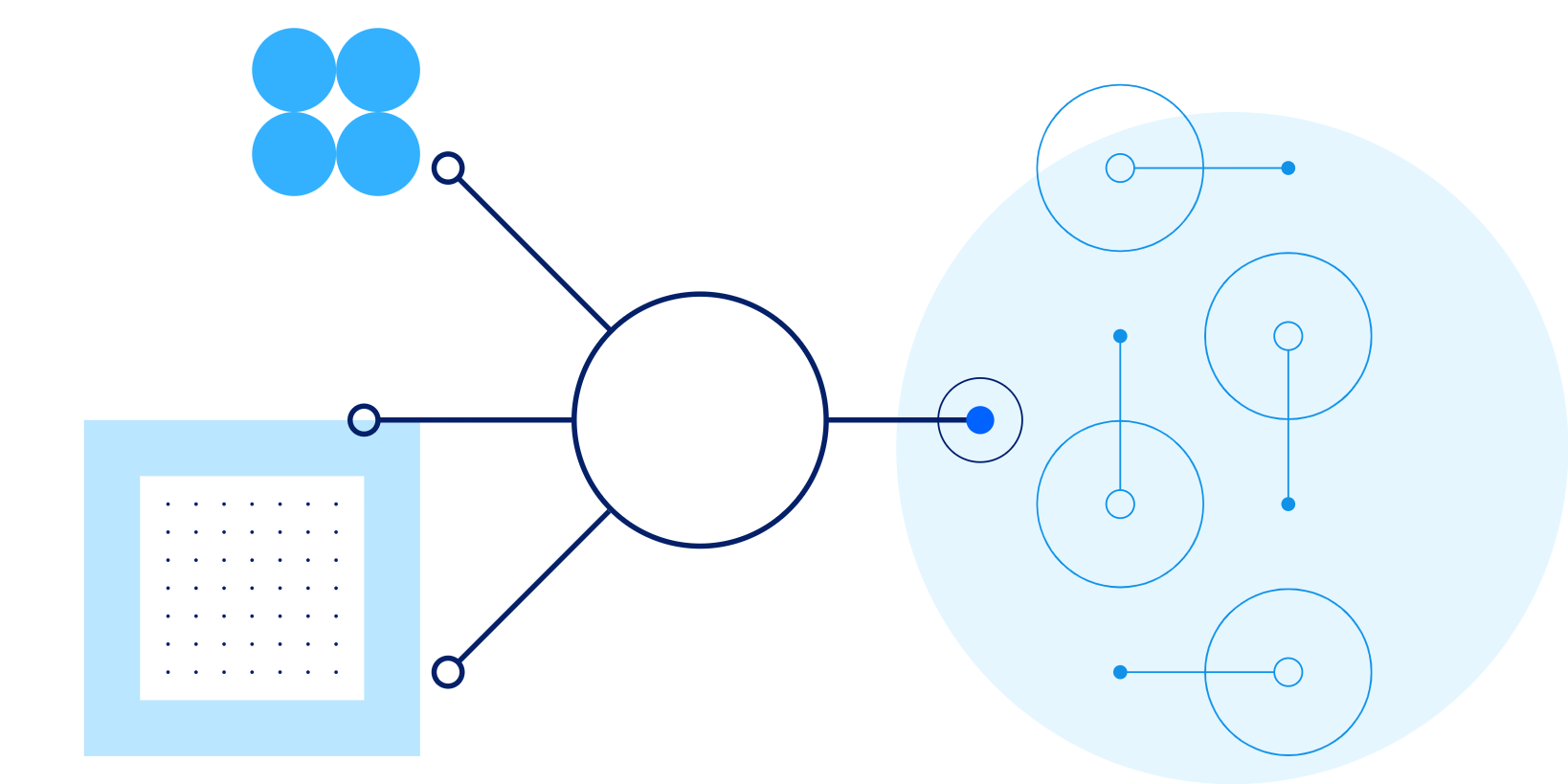About cookies on this site Our websites require some cookies to function properly (required). In addition, other cookies may be used with your consent to analyze site usage, improve the user experience and for advertising. For more information, please review your options. By visiting our website, you agree to our processing of information as described in IBM’sprivacy statement. To provide a smooth navigation, your cookie preferences will be shared across the IBM web domains listed here.
Perspectives
Intelligent automation to drive the next wave of business transformation
19 January, 2022 | Written by: Carmel Duffy
Categorized: Perspectives
Share this post:
Every business is looking for new ways to grow revenue, increase productivity and streamline operations—priorities that are at the heart of winning in a competitive landscape. Since the start of the pandemic, many organizations have fast-tracked their digital transformation efforts to support those priorities, introducing chatbots, robotic process automation (RPA) and machine learning (ML) into more areas of the business. Leaders see how critical it is to be prepared for the unexpected, and they’re using digital technologies like automation to improve their agility and help them work faster and smarter.
Consumers nowadays encounter automation technology almost daily—when checking in for a flight, opening a bank account or seeking customer support. As automation becomes more widespread in the enterprise, business leaders expect it to help them create more effective workflows and address challenges with workforce management.
What if you could put AI into the hands of every worker, enabling them to automate their more mundane tasks and focus on high-value, strategic work? It’s the next step in the evolution of intelligent automation, and it’s called work orchestration—interactive, self-service AI for every employee.
Fewer siloes, more integration
In a 2021 report on intelligent automation platforms, Forrester argues that organizations are facing several challenges around automation: siloed data and business processes, fragmented instances of AI and automation, and difficulty getting human workers and technology to collaborate effectively.
“As enterprises execute automation roadmaps, they’re deploying AI and task automation. These efforts create automation siloes, redundant solutions, and the need to coordinate humans and machines. Leaders need better data and methods to manage a workforce increasingly dependent on machines.” —Forrester
So, how do you move forward, bringing more simplicity and integration into your environment? How can you empower employees across different roles with AI that really works for them? The answer is the evolution of work orchestration solutions.
Your workers already know your business and recognize what tasks need to be completed. Work orchestration tools make AI components like conversational intelligence, text extraction and decision management available to help them work efficiently and prioritize the most mission-critical tasks while saving time on mundane processes.
This ability to use AI to orchestrate work is driving the vision of touchless automation in the enterprise—and it will set tech leaders apart in the coming years.
The next era in business automation: Work orchestration
A 2021 report from Forrester argues that work orchestration solutions need to evolve as businesses implement more automation. Orchestration tools have traditionally focused on infrastructure and technology without bringing human workers into the loop. However, the new generation of work orchestrators must do both, thus empowering workers with AI that helps them work faster and smarter and focus on strategic priorities.
If you’re already implementing automation, you should continue to do so, but think about it from an enterprise-wide perspective. Is automation changing how work gets done? Is it helping humans and machines partner together for the greatest advantage?
With a work orchestrator, you can both optimize business processes and free up employees for the most important, strategic work.
“90% of executives whose organizations are scaling intelligent automation say it creates higher-value work for their employees” —IBM Institute for Business Value
The best work orchestration tools:
- Provide easy, self-service automation
- Are intelligent and capable of learning as they go
- Automate both business and IT functions
- Improve worker productivity and performance
AI-powered enterprises are going to lead in the next wave of business. With IBM Watson® Orchestrate, you can put the power of automation into the hands of business users. Help employees reclaim their time by giving them their own interactive AI that connects popular business applications and integrates email, calendar, content, data visualization and more. Building on the foundation of process mining tooling, Watson Orchestrate helps your workers understand and redesign business processes for their specific roles using chatbots and business automation. With a work orchestrator, you can enable workers to complete tasks faster—everything from scheduling meetings and procuring approvals to interacting with business systems and preparing proposals.
Tap into the potential of work orchestration
Are you ready to take the next step in your digital transformation? With an evolved work orchestration tool, you can put interactive, self-service AI in the hands of every employee.
Learn more about automation by reading the IBM® Institute for Business Value research on Automation and the future of work.
And if you’re ready to bring the concept of work orchestration to life in your business, explore IBM Watson Orchestrate today.

Carmel Duffy
IBM Managing Director for Unilever, IBM VP
More stories
By Helen Gowler on 3 October, 2024
Generative AI: driving a new era of HR transformation
Helen Gowler, Partner, EMEA Talent & Transformation Lead Today, I’m proud to be part of a company that’s committed to addressing gender bias in the tech industry. IBM is pioneering the use of AI to tackle this issue, and I’m excited to contribute to this effort. Our team is developing AI models that can detect […]
By Mark Restall on 18 July, 2024
Multi-Modal Intelligence Platform
Traditionally, data management systems provided only numerical or textual based business intelligence primarily for back-office users across finance, sales, customer management and supply chain. Today, we are increasingly seeing data management systems which drive key business functions requiring interrogation of multi-modal data sets from documents, presentations, images, videos to audio. This demands a more sophisticated […]
By Mark Restall and others on 16 July, 2024
The use of GenAI to Migrate and Modernise Organisational Core Programming Languages
GenAI is hugely powerful and supports a diversity of use cases by focusing on routine work – allowing people to focus time on value-add tasks, thus enhancing productivity. The focus of this use case is for an organisation which had previously focussed on a legacy set of tooling and programming languages and needed a way […]





























